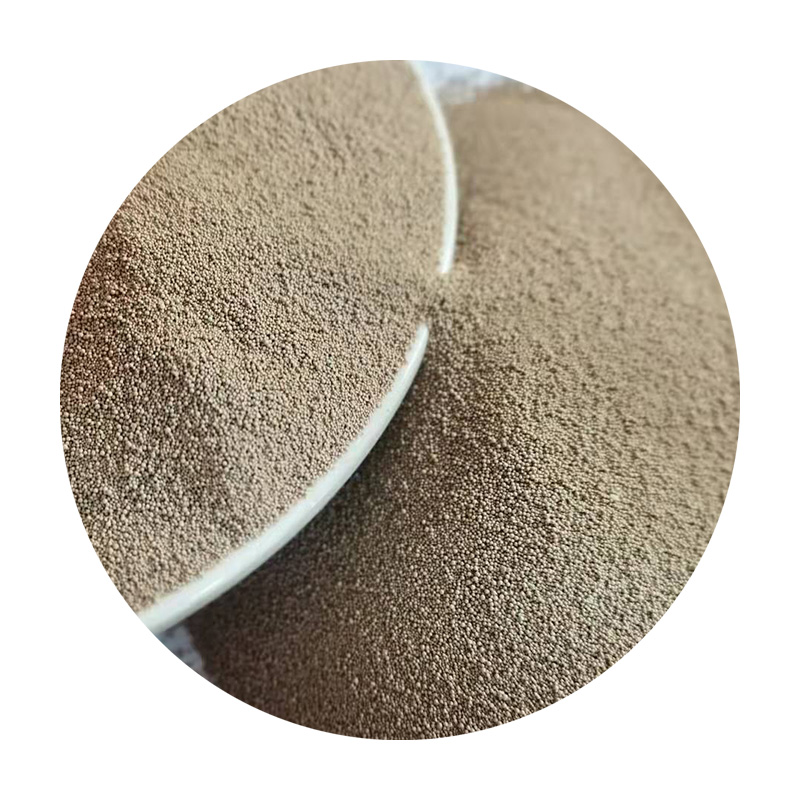Understanding Cast Iron Sanding Techniques and Benefits
Cast iron is a versatile and durable material widely used in various industries, particularly in the manufacturing of cookware, machinery parts, and automotive components. One critical process in working with cast iron is sanding, which involves smoothing and finishing the surface of the material. In this article, we will explore the techniques and benefits of sanding cast iron, highlighting why this process is essential for achieving the desired surface quality.
The Importance of Sanding Cast Iron
Sanding cast iron is crucial for several reasons. First and foremost, it helps to remove any rough edges, burrs, or imperfections that may have resulted from the casting process. These irregularities can affect the functionality and aesthetic appeal of the final product. By sanding the surface, manufacturers can ensure that the cast iron item is safe to handle and visually appealing.
Additionally, sanding enhances the adhesion of any coatings or finishes that may be applied to the cast iron. Whether it's paint, enamel, or a seasoning layer for cookware, a smooth surface allows for better bonding, resulting in a more durable and long-lasting finish. This is particularly important in cookware, where a well-prepared surface can significantly improve cooking performance.
Techniques for Sanding Cast Iron
There are various techniques for sanding cast iron, and the choice of method often depends on the specific application and the desired finish. Below are some common techniques used in the sanding process
cast iron sanding

1. Manual Sanding This traditional method involves using sandpaper or sanding blocks. For small items or detailed areas, hand sanding allows for greater control and precision. It’s advisable to start with a coarser grit and gradually progress to finer grits to achieve a smooth surface. While this method is labor-intensive, it is particularly effective for achieving intricate details.
2. Power Sanding This method employs electric sanders or grinders equipped with sanding disks or pads. Power sanding is faster and can be more efficient for larger surfaces. However, caution is required to prevent over-sanding or damaging the material. Using the appropriate speed settings and choosing the right grit is crucial for achieving optimal results.
3. Sandblasting Another technique for sanding cast iron is sandblasting, which involves propelling coarse particles (usually sand) at high speed onto the surface of the material. This method is ideal for removing rust, old paint, or mill scale. Sandblasting can achieve a uniform finish quickly and is often employed in industrial settings where time efficiency is essential.
4. Sanding with a Flap Disc Flap discs are a type of abrasive tool that provides the benefits of both grinding and sanding. They consist of multiple layers of sandpaper bonded to a backing plate, allowing for more effective material removal while minimizing the risk of gouging the iron surface. This method is especially useful for larger, flat surfaces.
Benefits of Sanding Cast Iron
Sanding cast iron offers several advantages. Firstly, it improves the quality of the finished product, resulting in a smoother, more professional appearance. Secondly, well-sanded cast iron surfaces are less prone to corrosion, as they allow for better application and adherence of protective coatings. Lastly, the proper sanding technique can enhance the performance characteristics of the final product, particularly in the case of cookware, where even surface distribution is key to optimal heat retention and cooking efficiency.
In conclusion, sanding cast iron is a fundamental step in the manufacturing process that ensures both aesthetic qualities and functional performance. By understanding the different techniques available and their associated benefits, manufacturers and DIY enthusiasts alike can achieve remarkable results in their cast iron projects. Whether it’s for a beautifully finished skillet or a precise machine part, investing time in sanding is an investment in quality and durability.
Post time:Aug . 02, 2024 14:48
Next:High-Quality Metal Casting Sand Available for Purchase with Competitive Prices and Reliable Service
